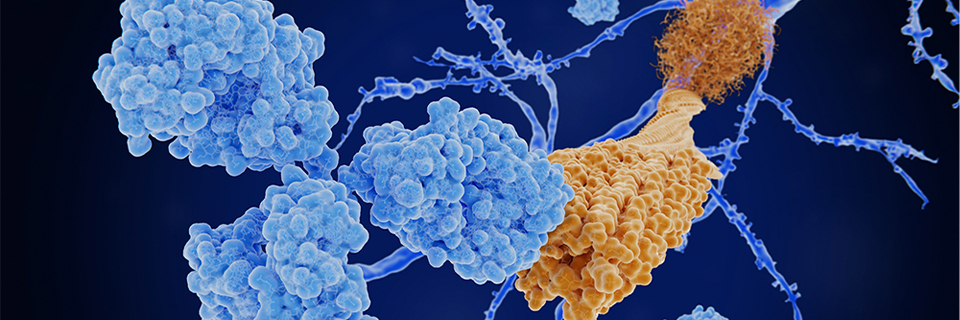
Antibodies play a central role in the immune system by specifically binding to specific substances (antigens) such as proteins from bacteria and viruses in the body, thereby recognizing and eliminating them. Taking advantage of their ability to recognize specific antigens, antibodies are widely applied as drugs. We are committed to creating antibody drugs with high therapeutic efficacy and minimal side effects as efficient as possible by clarifying the interaction between antibodies and antigens through molecular simulations.
What is the molecular simulation?
Structural analysis techniques such as X-ray crystal diffraction and cryo-electron microscopy can be used to obtain the three-dimensional complex structure of the antibody and antigen and analyze the interaction between them. Molecular simulations can calculate the binding energy acting on both in a static state by using this complex structure and setting the appropriate conditions for calculation. Molecular dynamics simulations are used to clarify how the complex structure changes in a dynamic environment in a solution. This allows us to analyze the effect of structural changes on the interaction between the antibody and antigen, and to calculate the binding free energy acting on both.
What is possible with this technology?
In order to create antibody drugs with high therapeutic efficacy and minimal side effects, it is important to optimize the amino acids that make up the antibodies and increase their antigen specificity. Molecular simulations allow us to predict the appropriate amino acid substitution for any part of an antibody from a large number of possible combinations. By comparing the interaction between existing antibodies and in-house developed antibodies against the same type of antigens, the characteristics of in-house antibodies can be clarified. In these processes, it is very important not to take simulation results for granted, but to interpret them appropriately and verify them experimentally. In this way, we aim to create superior antibody drugs by utilizing simulation technology to complement laboratory experimentation.
Application at Eisai
Eisai has applied molecular simulations to analyze the interaction between the anti-Aβ antibody lecanemab and the amyloid-β protein (Aβ), which is thought to be a causative agent of Alzheimer's disease, by using it as an antigen. Molecular dynamics simulations with the “replica-exchange umbrella sampling” method 1) were performed using GENESIS 2) 3) to simulate conditions similar to those in a biological environment. Since this requires large-scale computational resources, we utilized the supercomputer TSUBAME4) at the Tokyo Institute of Technology. Through the complementary use of laboratory experimentation and simulation, we are working on the characterization of anti-Aβ antibodies in Aβ recognition.
References
- 1)Y. Sugita, A. Kitao, Y. Okamoto, J. Chem. Phys., 113, 6042-6051 (2000).
- 2)C. Kobayashi, J. Jung, Y. Matsunaga, T. Mori, T. Ando, K. Tamura, M. Kamiya, and Y. Sugita, J. Compute. Chem., 38, 2193-2206 (2017).
- 3)J. Jung, T. Mori, C. Kobayashi, Y. Matsunaga, T. Yoda, M. Feig, and Y. Sugita, WIREs Comput. Mol. Sci., 5, 310-323 (2015).
- 4)IPSJ SIG Technical Report, Vol.2017-HPC-160, No.29, (2017)
